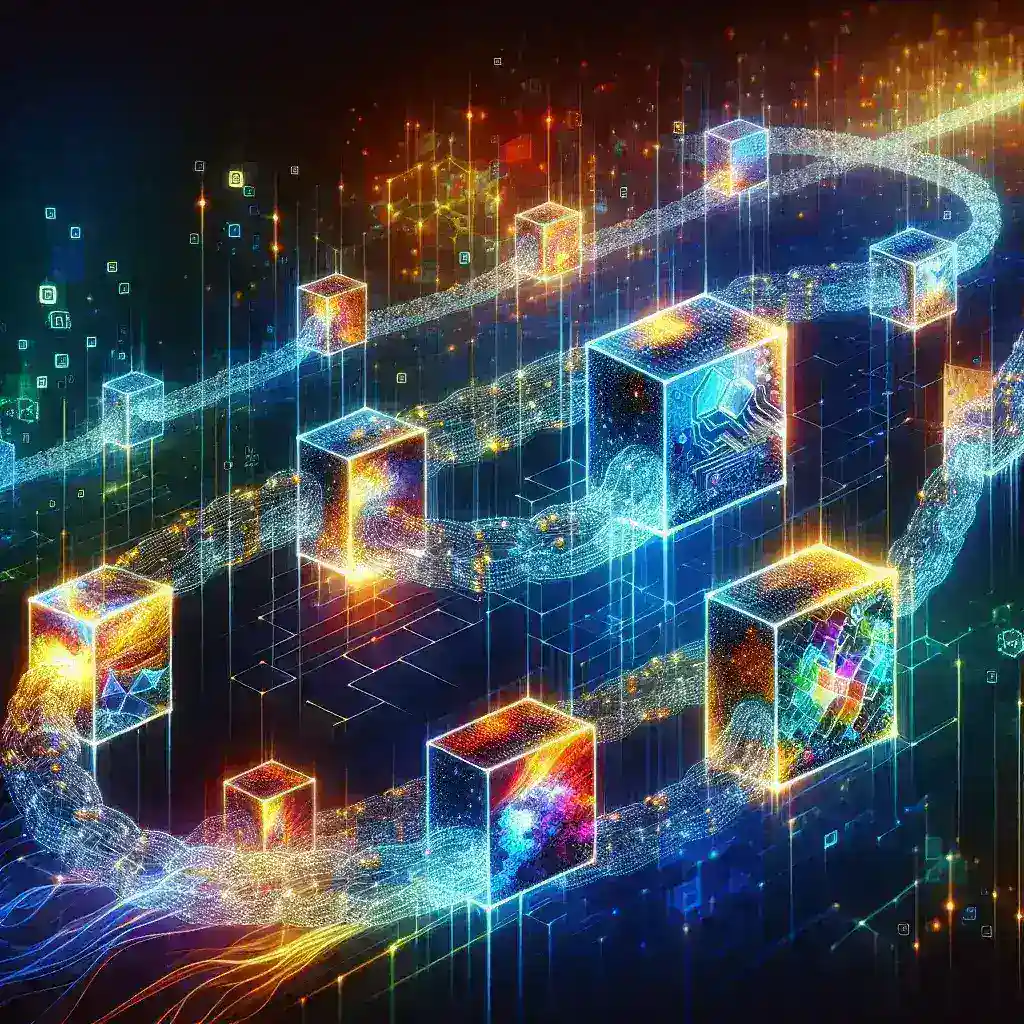Introduction
In recent years, blockchain technology has revolutionized various industries, and the digital art industry is no exception. By enabling the creation and sale of non-fungible tokens (NFTs), blockchain provides artists and collectors with unparalleled opportunities for ownership, verification, and monetization of digital artworks.
Understanding Blockchain Technology
At its core, blockchain is a decentralized digital ledger that records transactions across multiple computers. This technology ensures that records cannot be altered retroactively, making it an ideal solution for maintaining the integrity of digital art ownership.
The Role of NFTs in Digital Art
Non-fungible tokens (NFTs) have become the hallmark of digital art representation on the blockchain. Unlike cryptocurrencies like Bitcoin, which are fungible and can be exchanged for one another, NFTs are unique and cannot be replaced. This uniqueness allows artists to tokenize their work, granting proof of ownership and authenticity.
Benefits of Blockchain in Digital Art
- Provenance: Blockchain tracks the history of ownership, allowing artists and buyers to verify the authenticity of artworks easily.
- Monetization: Artists can sell their work directly to collectors without intermediaries, maximizing their profits.
- Royalties: Smart contracts on the blockchain allow artists to receive a percentage of sales every time their work is resold in the secondary market.
Challenges and Considerations
Despite its advantages, the integration of blockchain into the digital art world is not without challenges. Issues such as high energy consumption associated with some blockchain networks, market volatility, and the need for technical understanding can serve as barriers to entry for both artists and collectors.
Conclusion
The impact of blockchain on digital art is profound, paving the way for new business models and artistic expression. As technology continues to evolve, it is likely that blockchain will play an increasingly critical role in defining the future landscape of digital art, making it essential for artists and collectors alike to stay informed and engaged.


Leave a Reply